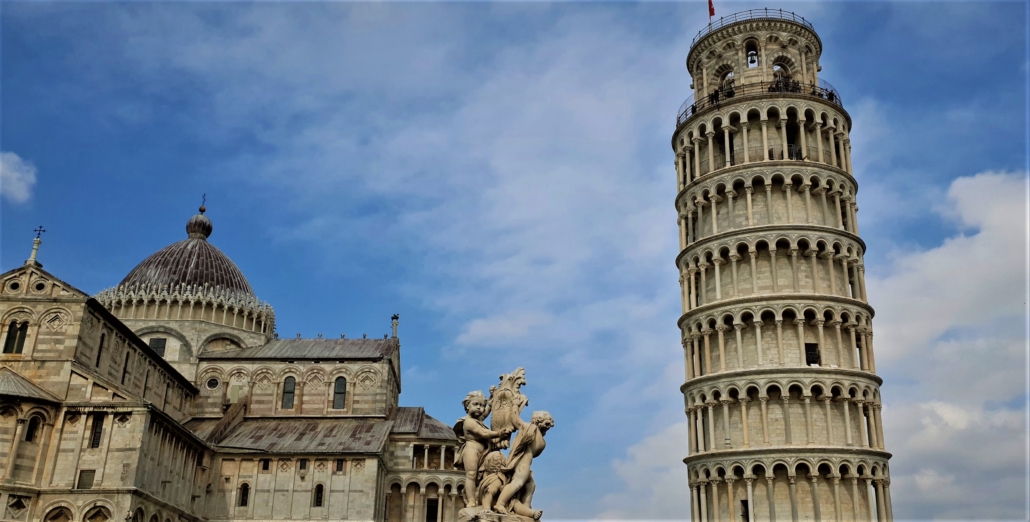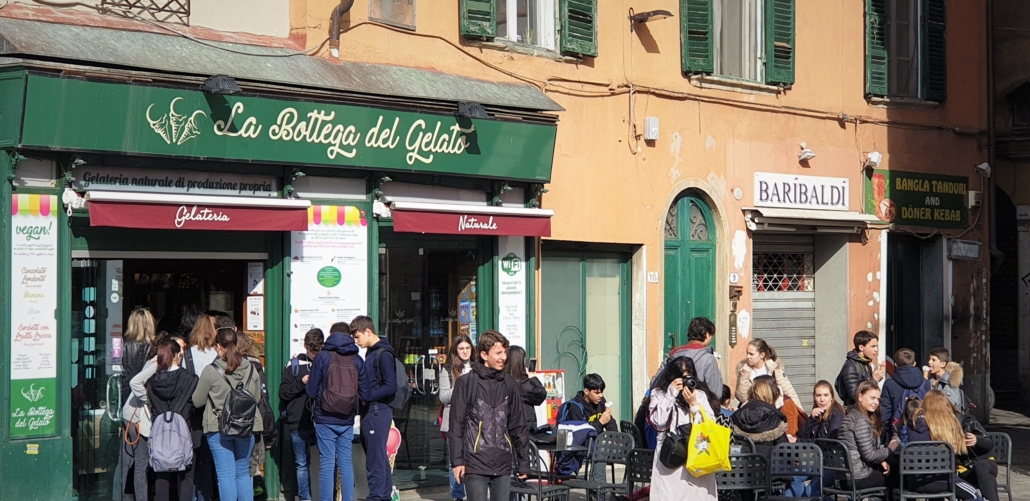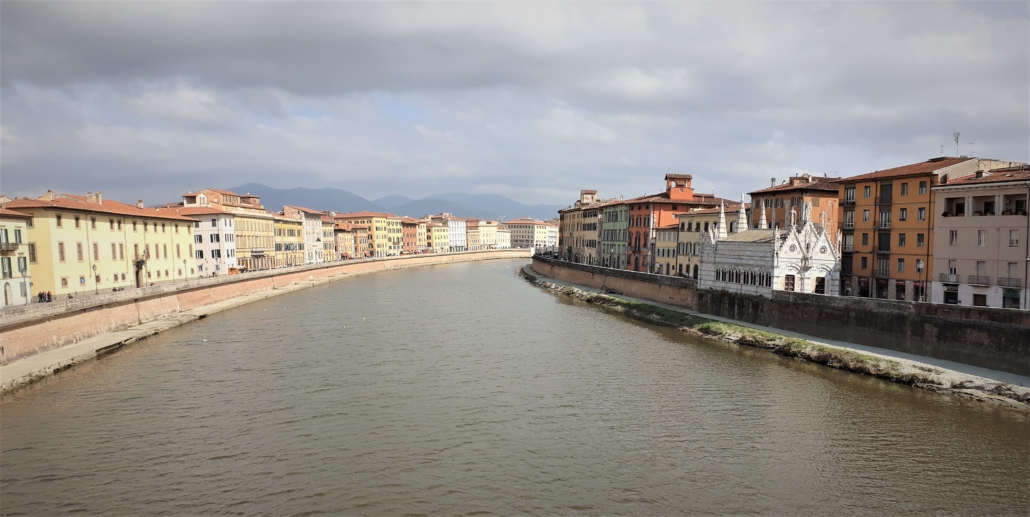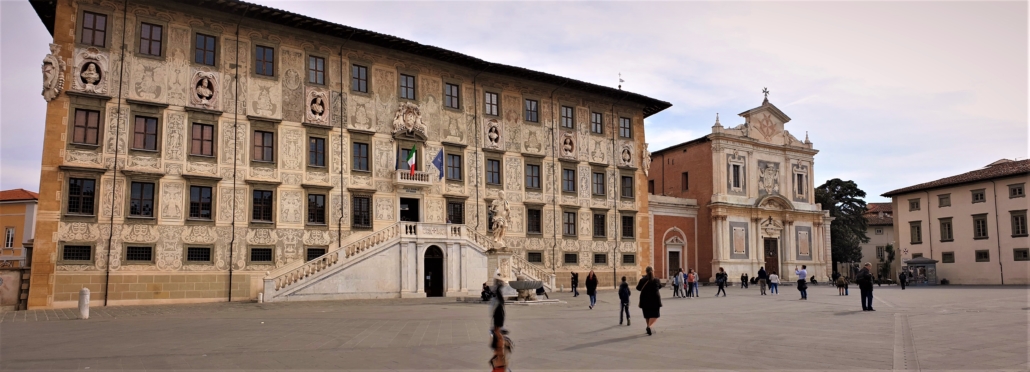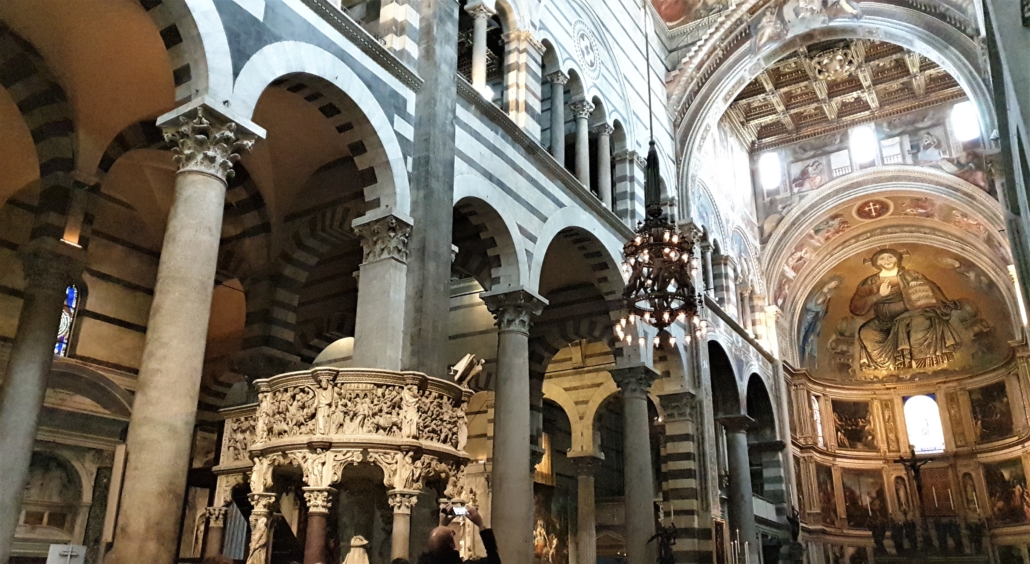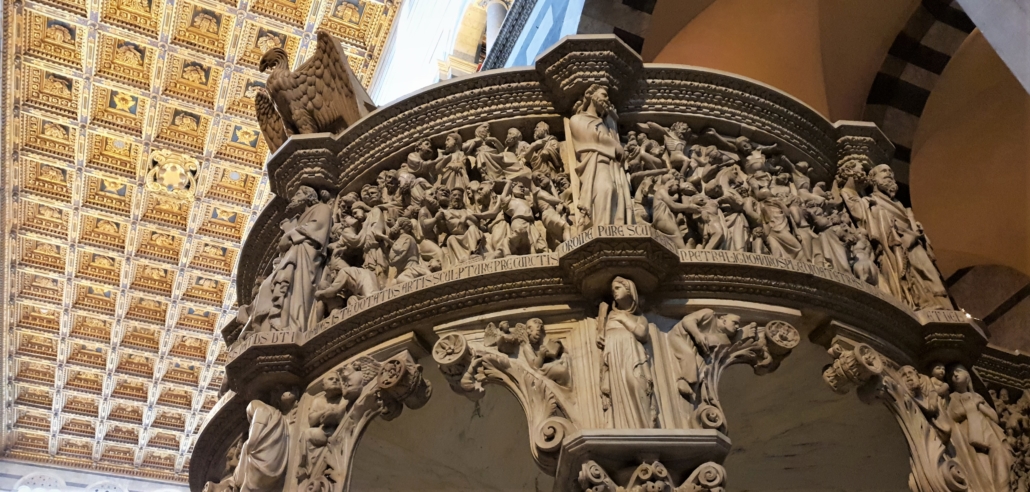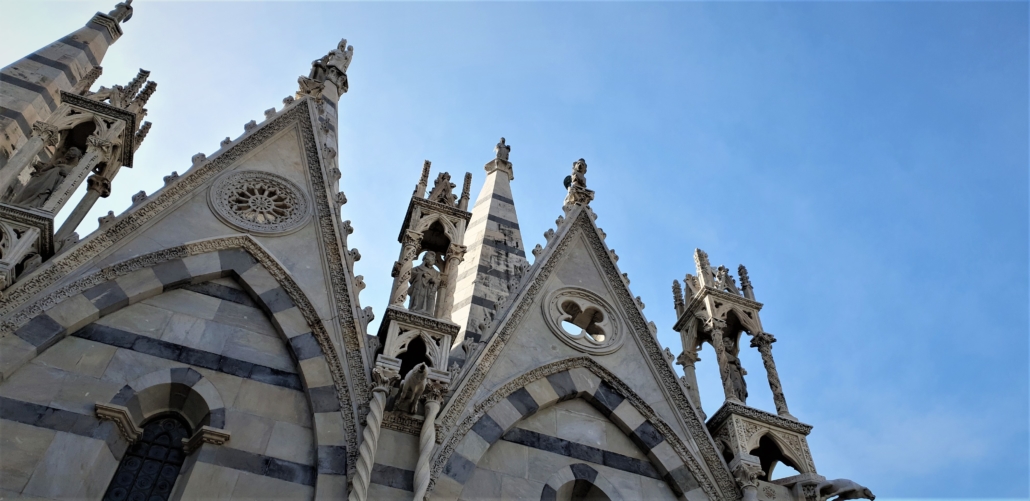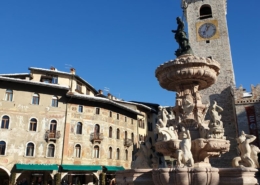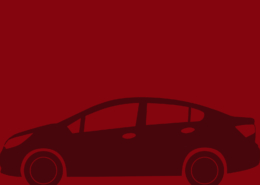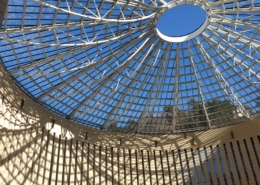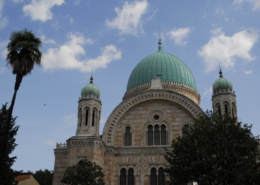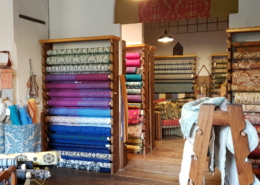Highlights of this tour
- A walk along the Arno River
- Santa Maria della Spina
- Piazza dei Cavalieri
- Campo dei Miracoli
- The Duomo, the Baptistery, the Camposanto &
- The Leaning Tower
- With a complete historical introduction
PISA, SPLENDORS & HERITAGE OF A MARITIME REPUBLIC
Pisa, founded in Antiquity, perhaps as a Greek colony, at the mouths of the Arno and Auser Rivers, flourished as a naval and commercial port under the Romans.
Later, after the fall of the Roman Empire in 476 AD it became the only Longobard port of the Thyrrenian Sea. It went then under the rule of Charlemagne and the Frankish Empire.
By the 10th – 11th centuries, together with Genoa, Venice and Amalfi, it became one of the four great maritime republics of Italy, and was able to conquer important colonies in Calabria, Corsica, Sardinia and Balearic Islands.
Pisa very actively took part into the 1st Crusade, greatly contributing to the conquest of Jerusalem.
The 12th century was the period of Pisa’s greatest splendor as its galleys controlled the Western Mediterranean and it was one of the most important cities in Europe.
The city saw the development of a brilliantly original form of Romanesque architecture, characterized by a rich blend of motifs from Roman, Italian and Oriental art.
It was around this time that its most famous buildings were erected, the Duomo, Its Baptistery and leaning Tower. The Tower started to lean when still under construction…
With their white marble glittering against the vivid expanse of green, and their solid forms enlivened by delicate decorations – these monuments form one of the most famous architectural groups in the world.
The decline of Pisa in the following centuries was due to a concomitance of events.
Competition with Lucca for the control of the Via Francigena (the main route between Rome and Paris) arose many problems. Inner struggles between families for the political control weakened the city.
In 1284 its defeat in the battle of Meloria against Genoa, from which Pisa never recovered.
The end came when
Cost of this tour
- This tour lasts 3 hours and costs: 345 euros up to 6 people
- Only private parties.
- For larger parties: please send us an email!
- Admission fees:
- Leaning Tower + Baptistery: 30 euros per person
Dress Code and advice
- No shorts and no sleeveless garments.
- Short sleeves and knee-high are ok!
- Please wear comfortable shoes and a hat in summer

